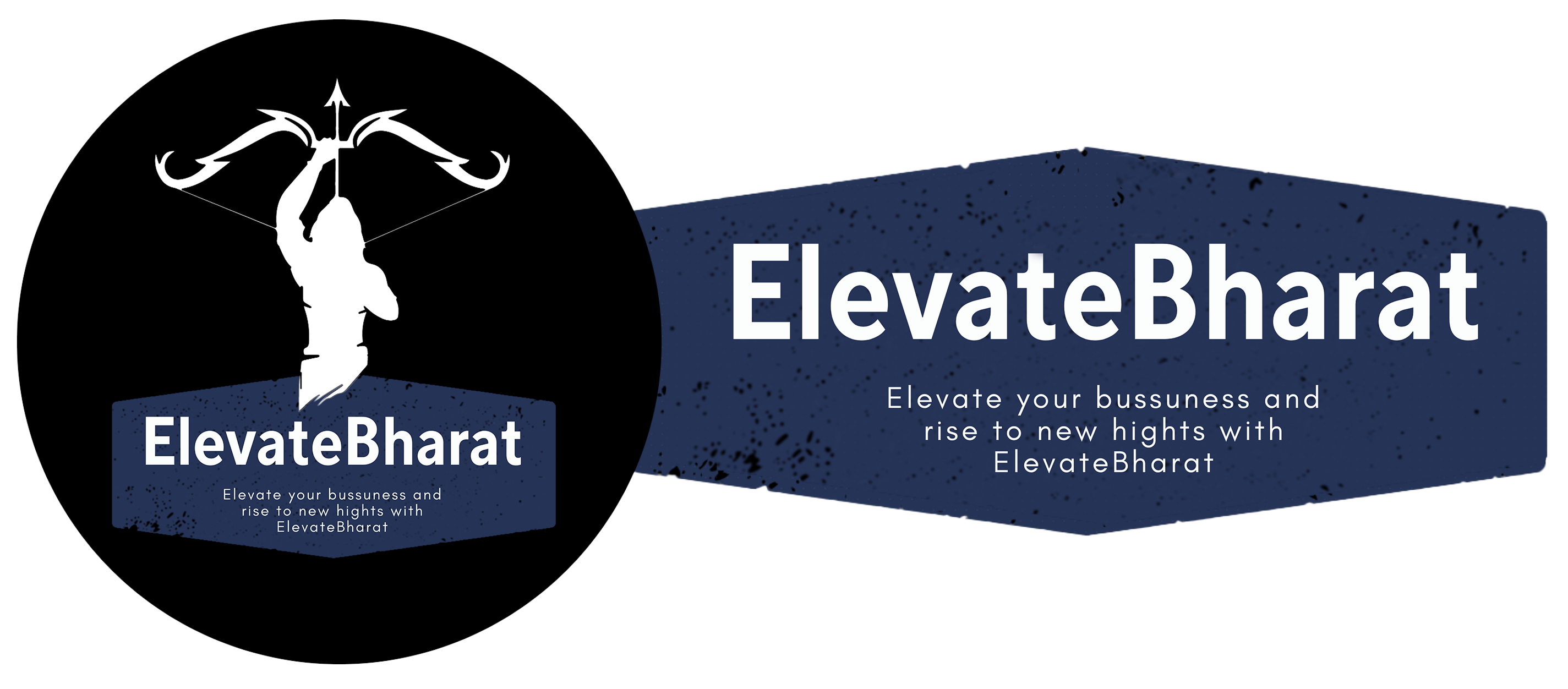What is VisionOS App Development?
Developerkk
Develop a passion for learning. If you do. You will never cease to grow.
Follow the authorThe Evolution of VisionOS App Development: Looking Ahead
VisionOS app development centers around crafting applications tailored for the VisionOS platform—Apple’s innovative operating system designed for spatial computing, particularly in AR/VR environments, smart glasses, and next-gen wearable technology.
This process involves leveraging the platform’s powerful capabilities to deliver immersive, interactive experiences. From augmented reality games and virtual simulations to advanced productivity tools and spatial navigation apps, VisionOS unlocks new frontiers in user engagement.
To develop effectively for VisionOS, professionals must possess deep knowledge of AR/VR technologies and a solid grasp of the hardware and software limitations of target devices. It’s equally crucial to prioritize user-centric design and seamless interface experiences.
Our VisionOS App Development Expertise
At Webority Technologies, we provide cutting-edge VisionOS development solutions aligned with your business goals. As Apple redefines digital interaction with its Vision Pro device, we stand ready to help you tap into this new spatial era. VisionOS reimagines app and game development by blending familiar frameworks with transformative AR/VR experiences.
In a fast-evolving tech world, VisionOS stands out—merging artificial intelligence, computer vision, and intuitive interfaces. It empowers devices to see, understand, and respond to their environment, unlocking massive potential across industries.
What is VisionOS?
VisionOS (sometimes referred to as VisualOS) harnesses computer vision and AI to interpret real-time data from sensors and cameras. This allows devices to detect their surroundings, recognize objects or gestures, and make informed decisions.
The ultimate goal? To automate tasks, boost user experience, and enhance safety and efficiency across applications ranging from healthcare and gaming to security and smart infrastructure.
Immersive Possibilities with VisionOS
Vision Pro apps offer an expansive spatial canvas, letting users engage in new ways—whether within their surroundings or fully immersed in 3D spaces.
Core Spatial Elements in VisionOS
Windows: Use SwiftUI to create traditional interfaces that support embedded 3D content.
Volumes: Represent 3D scenes (built with RealityKit or Unity) that users can explore from multiple angles.
Spaces: Launch apps in a Shared Space (like desktop multitasking) or in a Full Space for immersive, standalone experiences.
Key Innovations in VisionOS
Advanced Visual Recognition: AI-powered object, face, gesture, and emotion detection.
Real-Time Interactions: Devices can make instant decisions—ideal for self-driving tech, robotics, and smart automation.
Natural Interfaces: Interactions via eye movement, voice, and gestures redefine usability.
Security Enhancements: Monitor environments, detect threats, and control access intelligently.
Healthcare Integration: Supports surgeries, diagnostics, and assistive tech for patients.
Retail & Marketing: Analyze customer behavior and enable cashier-less systems.
Entertainment & AR/VR: Create immersive games and experiences that overlay the digital onto the real.
Industrial Efficiency: Use in automation, production lines, and logistics for better accuracy and control.
Looking Into the Future
Smart Homes
VisionOS enables intelligent homes that adapt to your preferences, adjusting lighting, temperature, and security autonomously.
Healthcare Breakthroughs
Doctors can rely on AR-assisted surgery, diagnostics, and patient monitoring, improving lives significantly.
Autonomous Tech
From self-driving vehicles to smart drones, VisionOS is a catalyst for autonomous innovation across sectors.
Everyday AR
Expect AR to become part of your daily life—adding contextual information, real-time guidance, and interactive content wherever you go.
Apple’s Frameworks for VisionOS
SwiftUI
The core UI framework, now enhanced with 3D scene rendering, gesture recognition, and immersive design capabilities. SwiftUI works fluidly with RealityKit and UIKit.
RealityKit
Apple’s robust 3D engine powers stunning scenes, realistic lighting, shadows, and supports MaterialX—a standard widely used in VFX and gaming industries.
ARKit
With full spatial awareness, ARKit supports tools like plane detection, scene reconstruction, and hand tracking, enabling physical interaction with digital elements.
Prioritizing Accessibility
Accessibility is built into VisionOS development. From eye-based control to voice commands and pointer alternatives (like wrist or head movement), every app can cater to users with diverse needs—creating an inclusive platform experience.
Tools for VisionOS Development
Xcode: The central IDE for building VisionOS apps, with support for testing, previews, and simulator environments.
Reality Composer Pro: An intuitive tool integrated with Xcode that helps developers prepare, import, and optimize 3D content.
Unity Integration: Developers can use Unity’s toolset, including AR Foundation, to build immersive games and applications tailored for VisionOS.
Getting Started
Embarking on your VisionOS development journey is easier with Apple’s toolkit: the SDK, simulator, Reality Composer Pro, extensive documentation, and session replays from WWDC.
Plan Your VisionOS Strategy
Whether you're migrating existing apps or starting fresh, explore the frameworks and resources designed to simplify your transition to spatial computing.
Stay Connected with Apple
Participate in Apple’s events, support initiatives, and testing opportunities to get the most from your development journey.
In Conclusion
VisionOS is not just a technological shift—it’s a new paradigm in human-machine interaction. As this platform evolves, it promises to redefine how we experience the digital world, automate complex tasks, and transform sectors from entertainment and healthcare to retail and industry.
Now is the time to embrace this future—design, build, and innovate with VisionOS.
